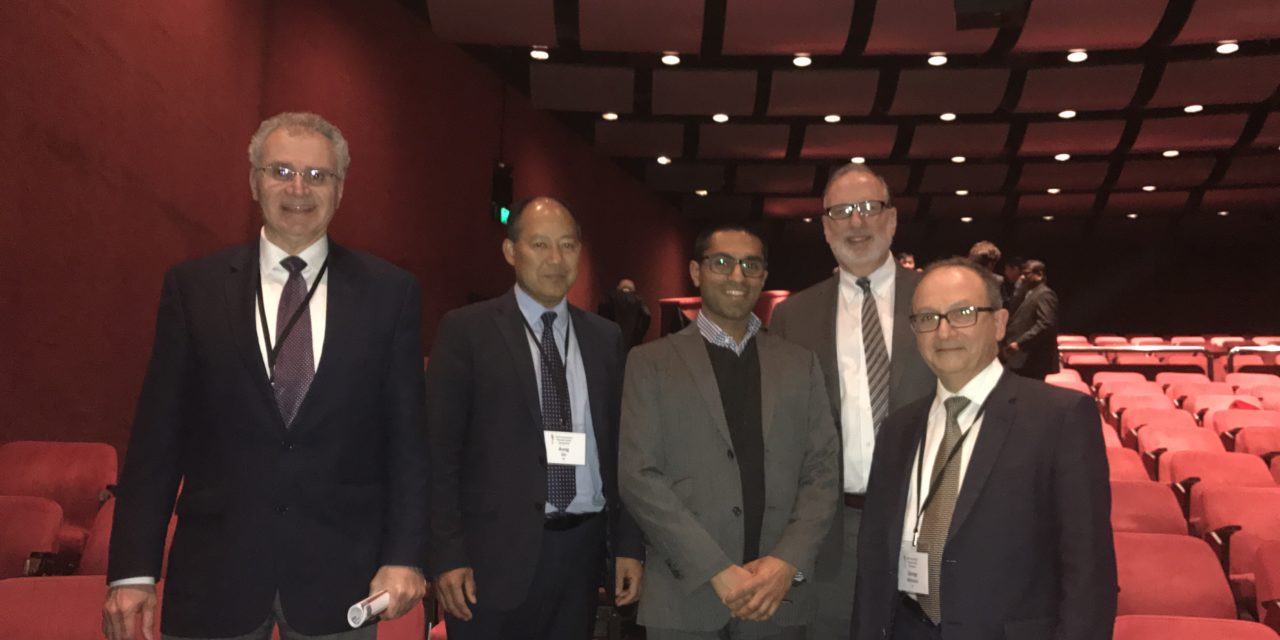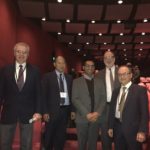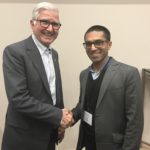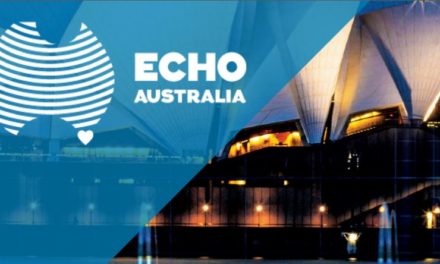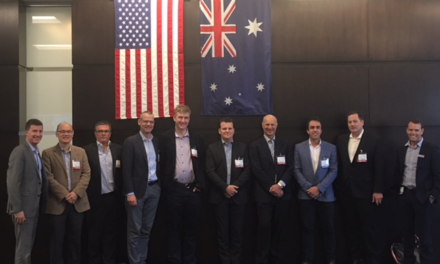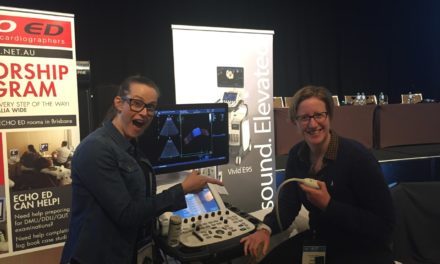ATAS Report – Ajay Iyengar 2017
The atmosphere at the Australian Thoracic Aortic Symposium is unique amongst Cardiothoracic conferences that I have attended. Feeling as if it is a gathering of old friends as much as a conference, the ATAS offered a rare opportunity to pick the brains of some of the most prominent figures in the field of aortic surgery in a warm and engaging atmosphere. Big international names and local stars shared their experiences with passion and elegant simplicity. As a result, I have come away with a greater enthusiasm and comprehension for the management of aortic disease than I had ever expected to.
Aortic surgery is one of the most complex, technically demanding, rapidly evolving and – to the uninitiated – esoteric areas in cardiothoracic surgery. Contemporary understanding of the natural history and genetics of the aorta has evolved significantly in recent years, adding complexity to decision making in aortic disease. Local trainees are exposed to a variable quantity of aortic procedures beyond valve and root replacements, and yet we are faced with independently managing these conditions from the day that we conclude our training, often in the middle of the night.
The scientific program, curated by the course’s creator Professor George Matalanis, comprehensively reviews all areas of the contemporary scientific understanding and management of the thoracic and thoracoabdominal aorta. In the process, complex topics are made surprisingly simple by the speakers and moderators. Regular panel discussions supplement these sessions with lively debate and candid discussions about challenging cases. The panel discussions were notable for the inquisitiveness of the participants and for the interesting tangents involving service provision and quality of care. For example, a fascinating discussion of the limitations of blood banking and the value of whole blood for haemostasis resulted from a number of surgical anecdotes in developing countries, where fresh whole blood is all that is available.
Particular highlights included:
- An update on the genetics and natural history of aortic aneurism from the Yale group by Professor John Elefteriades described dvances in whole exome sequencing that have elucidated over 25 genes associated with aortic aneurysm. The list grows every day. Thanks to an expanding database, individualised risk assessments for rupture and growth can be made based on the genetics underlying each patient’s aorta.
- Sessions were devoted to cutting-edge technologies in TAVI, minimal access valve and root surgery and arch replacement (including frozen elephant trunk and contemporary manufactured grafts). These featured entertaining talks from Joe Bavaria, Malakh Shrestha and Roberto Di Bartolomeo as well as numerous local speakers.
- A review of results and techniques for aortic valve repair by Gebrine El Khouri, Joe Bavaria and Tyrone David demonstrated that techniques have matured in a similar fashion to mitral repair. The limitations of aortic valve repair in adult and paediatric populations were discussed, but as Homayoun Jalali provocatively discussed, the expectations for achieving valve-sparing should be rising.
- Bread-and-butter topics including the merits of various cannulation strategies, adjunctive neuroprotection and neuromonitoring were reviewed thoroughly by local and international guest speakers.
- An entire session was devoted to rare problems such as infective aortic pathologies, tumours invading the aorta, and complex redo operations of the arch and proximal descending, as well as chronic inflammatory aortitis.
- The final day comprehensively reviewed the role of hybrid and endovascular approaches to arch and descending aortic pathology, as well as the controversial role for endovascular management in Type A dissections and aneurisms.
Aortic surgery is a challenging part of every cardiothoracic surgeon’s practice, and I strongly believe that attendance at future Australian Thoracic Aortic Symposia by trainees and practicing cardiothoracic surgeons, vascular surgeons, cardiologists, interventional radiologists and allied health practitioners will improve the quality of care of aortic diseases across all disciplines.
- ATAS CONFERENCE
- ATAS CONFERENCE
- ATAS CONFERENCE




